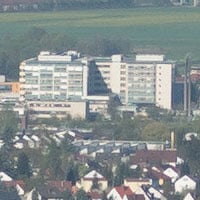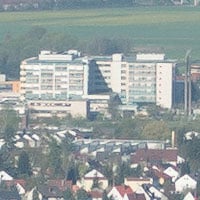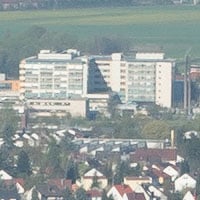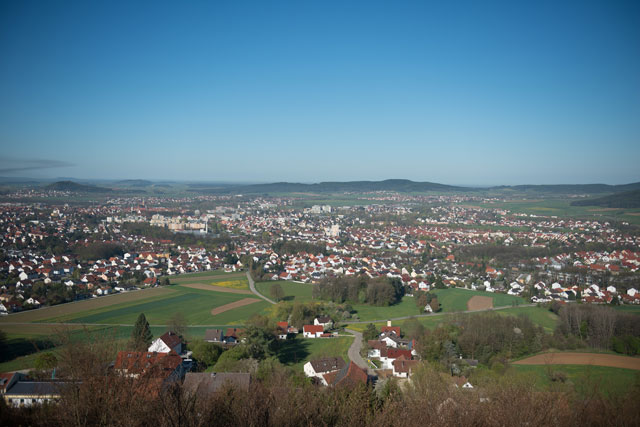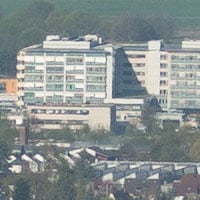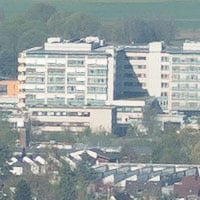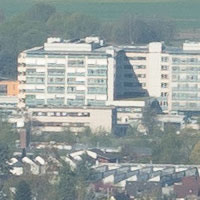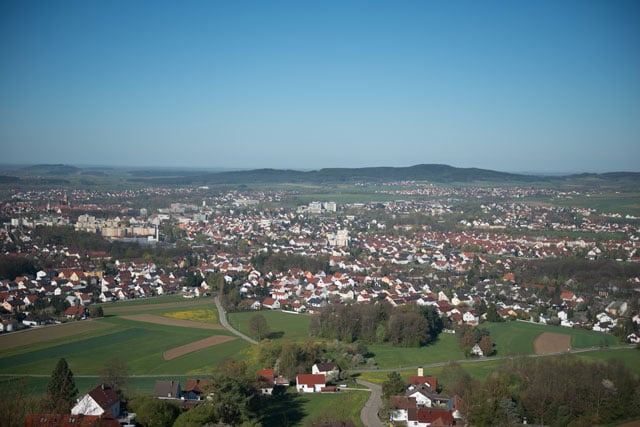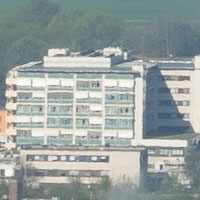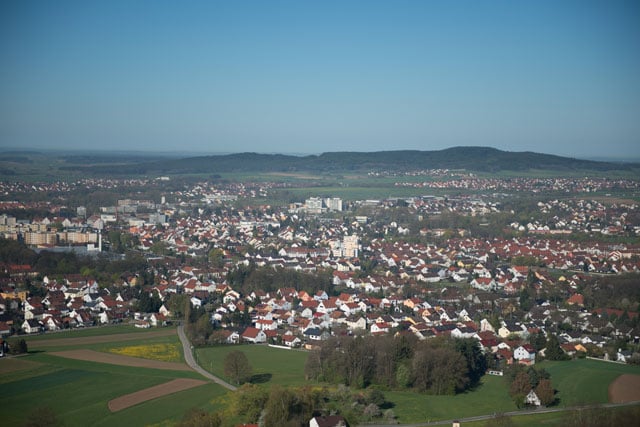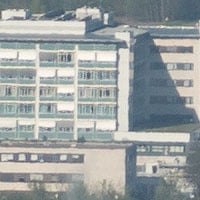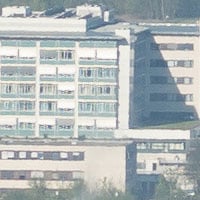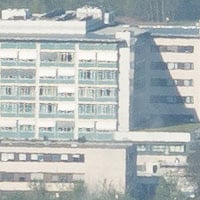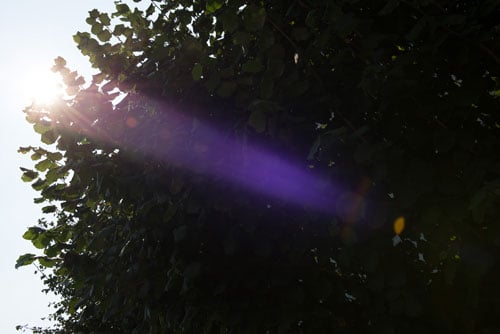Nikon 24-70mm f2.8G
-
-
Written by Thomas
Quality
Nikon 24-70mm f/2.8G Longitudinal Chromatic Aberration (loCA) |
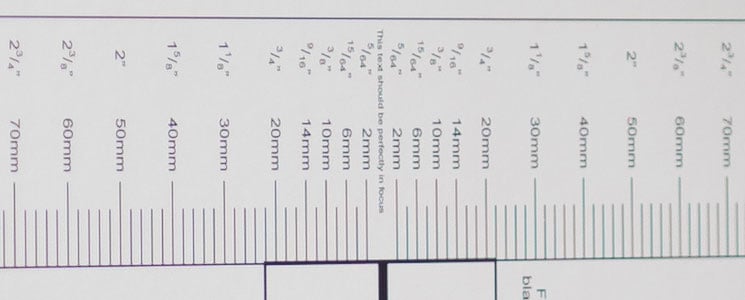 |
| 100% crop, 70mm, f2.8, left=closer, right=farther away |
Sharpness and contrast
Let’s have a look at the theoretical performance (MTF-charts) at the wide and the long end first:
Nikon 24-70mm f/2.8G MTF | ||
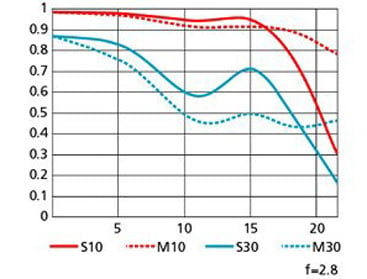 | 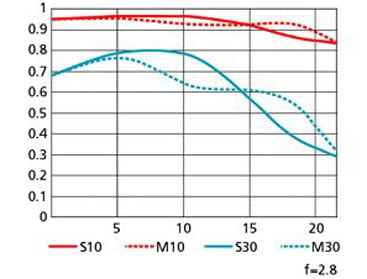 | |
| at 24mm, f2.8 | at 70mm, f2.8 | |
These charts show the lens-performance at the largest aperture f2.8. Higher values are better and the closer the dotted and the continuous lines of each color are together the less astigmatism (= resolution depends on the orientation of the test-pattern) the lens has. The x-axis displays the distance from the optical axis (=center of the sensor) in mm. I’ll show you the real-life performance at 4 mm (center), 13 mm (DX-corner), and 20 mm (FX-corner) on a D800.
From the charts the new lens should perform on a pretty high level regarding overall contrast. But sharpness is another thing with a sharp dip in the FX-corner but also within the DX image-circle at 24mm focal length. Astigmatism also seems to play some role on the short end. So on paper Nikon’s latest design looks like a mixed bag – and not the sure-fire winner that you’d expect from a lens positioned for the professional market. But let’s see how this theoretical performance translates into real life results in the sharpness test based on Siemens-stars.
What follows are near-center results (first column) followed by DX-corner results and FX-corner results on a D800. The D800 results from the DX-corner should be a very good approximation for performance on a 16MP DX sensor (like the D7000), because the pixel-pitch of both sensors are the same. But differences in the AA-filter and micro-lens-design of a D800 and a D7000 might yield different end-results.
Processing was done in Lightroom 4.1 from RAW at camera standard settings. Noise-reduction is set to 0, sharpening to 70/0.5/36/10, with no extra tone, color, or saturation-adjustment. White-balance was adjusted to a neutral white and I did some exposure compensation to make the brightness match. CA-removal is ON.
The following are all 100% crops!
Let’s have a look at the performance at 24mm first:
Nikon 24-70mm f/2.8G with Nikon D800 100% crop from center | Nikon 24-70mm f/2.8G with Nikon D800 100% crop from DX-corner | Nikon 24-70mm f/2.8G with Nikon D800 100% crop from FX-corner |
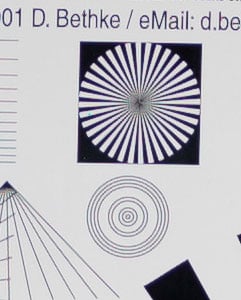 | 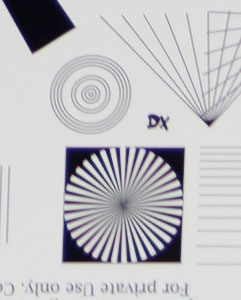 | 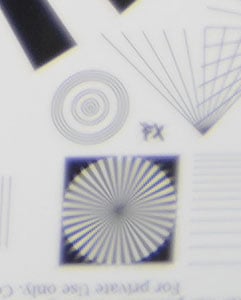 |
24mm, f2.8, 100 ISO | 24mm, f2.8, 100 ISO | 24mm, f2.8, 100 ISO |
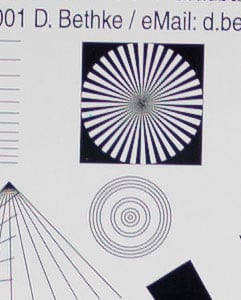 | 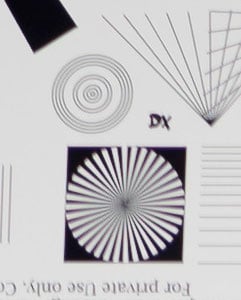 | 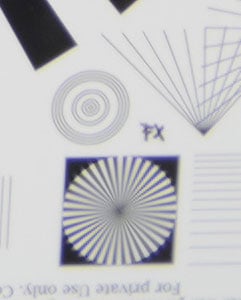 |
24mm, f4.0, 100 ISO | 24mm, f4.0, 100 ISO | 24mm, f4.0, 100 ISO |
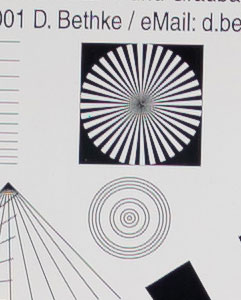 | 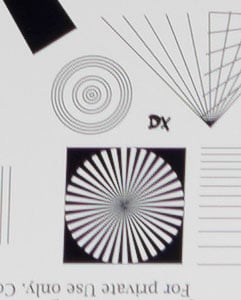 | 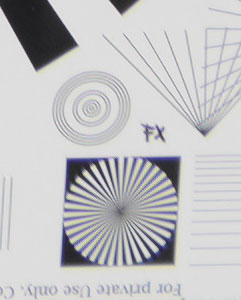 |
24mm, f5.6, 100 ISO | 24mm, f5.6, 100 ISO | 24mm, f5.6, 100 ISO |
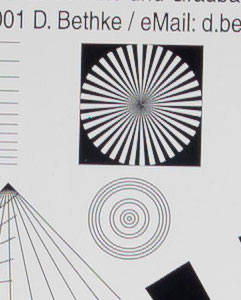 | 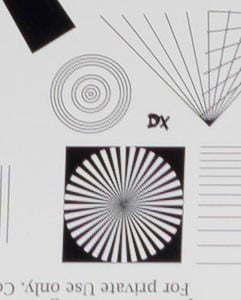 | 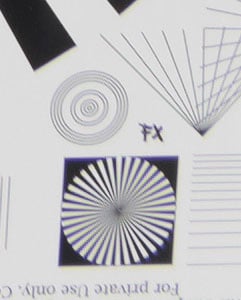 |
24mm, f8.0, 100 ISO | 24mm, f8.0, 100 ISO | 24mm, f8.0, 100 ISO |
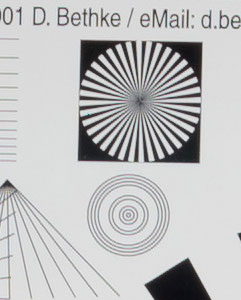 | 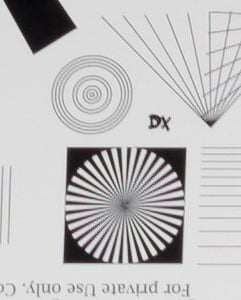 | 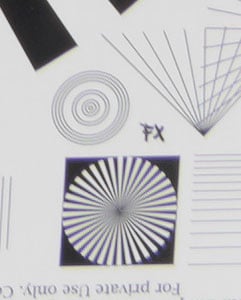 |
24mm, f11, 100 ISO | 24mm, f11, 100 ISO | 24mm, f11, 100 ISO |
These 100% crops directly from a 36MP D800 sensor show that this lens performs very well in the center with diffraction setting in at f11. The performance in the DX-corner is also good but profits from stopping down. The FX-corners show a clear drop in performance with some astigmatism, haloing, and very visible distortions. Even stopping down to f8 brings the FX-corner only up to good levels.
Performance at 35mm:
Nikon 24-70mm f/2.8G with Nikon D800 100% crop from center | Nikon 24-70mm f/2.8G with Nikon D800 100% crop from DX-corner | Nikon 24-70mm f/2.8G with Nikon D800 100% crop from FX-corner |
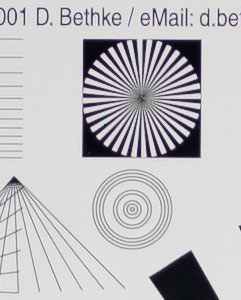 | 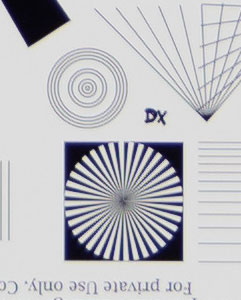 | 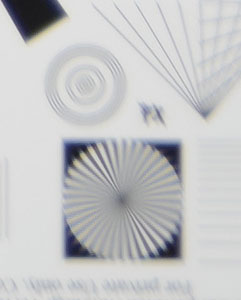 |
35mm, f2.8, 100 ISO | 35mm, f2.8, 100 ISO | 35mm, f2.8, 100 ISO |
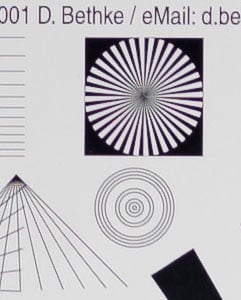 | 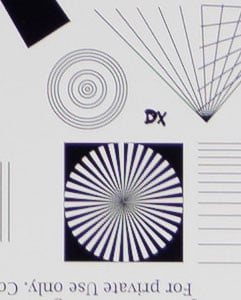 | 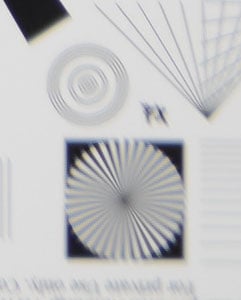 |
35mm, f4.0, 100 ISO | 35mm, f4.0, 100 ISO | 35mm, f4.0, 100 ISO |
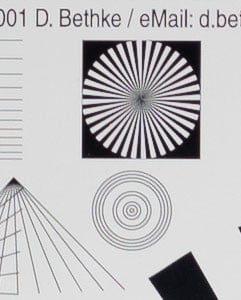 | 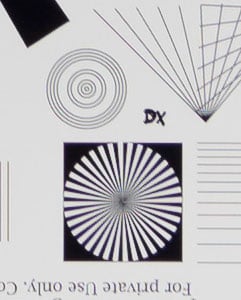 | 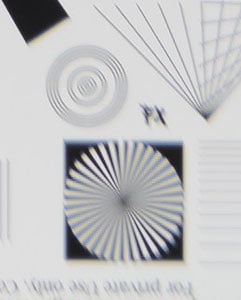 |
35mm, f5.6, 100 ISO | 35mm, f5.6, 100 ISO | 35mm, f5.6, 100 ISO |
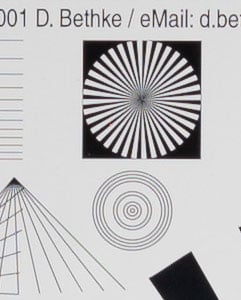 | 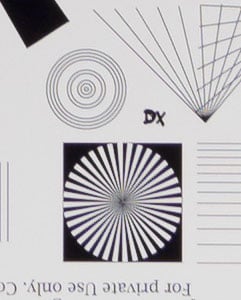 | 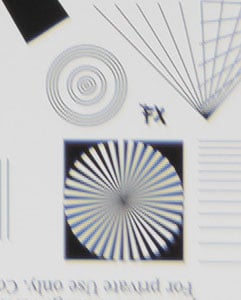 |
35mm, f8.0, 100 ISO | 35mm, f8.0, 100 ISO | 35mm, f8.0, 100 ISO |
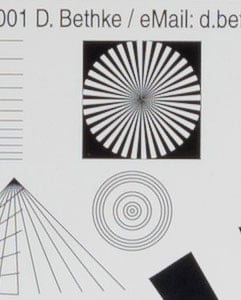 | 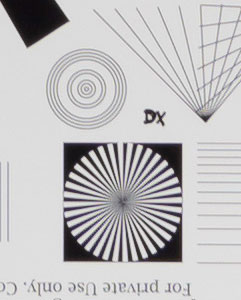 | 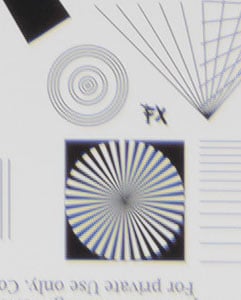 |
35mm, f11, 100 ISO | 35mm, f11, 100 ISO | 35mm, f11, 100 ISO |
At 35mm the lens improves in the DX image-circle but FX-corner performance deteriorates even further and needs stopping down to f8 or even f11 to satisfy. Distortions are on a very low level.
Let’s move on to 50mm:
Nikon 24-70mm f/2.8G with Nikon D800 100% crop from center | Nikon 24-70mm f/2.8G with Nikon D800 100% crop from DX-corner | Nikon 24-70mm f/2.8G with Nikon D800 100% crop from FX-corner |
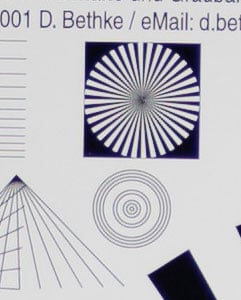 | 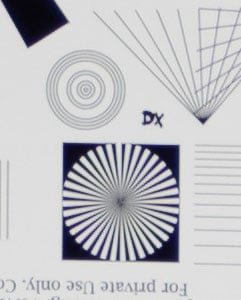 | 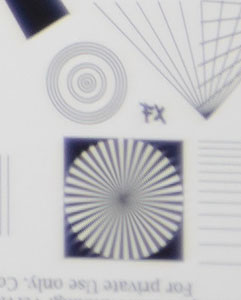 |
50mm, f2.8, 100 ISO | 50mm, f2.8, 100 ISO | 50mm, f2.8, 100 ISO |
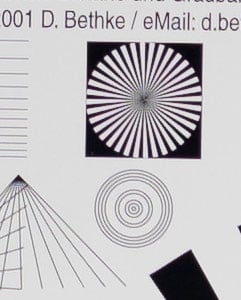 | 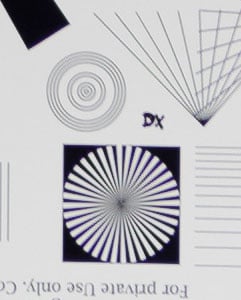 | 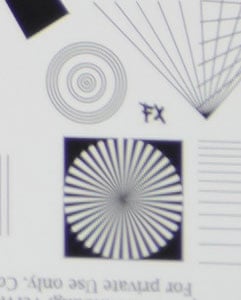 |
50mm, f4.0, 100 ISO | 50mm, f4.0, 100 ISO | 50mm, f4.0, 100 ISO |
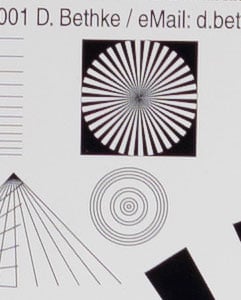 | 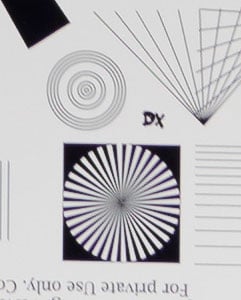 | 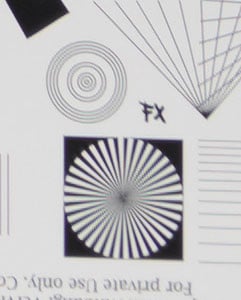 |
50mm, f5.6, 100 ISO | 50mm, f5.6, 100 ISO | 50mm, f5.6, 100 ISO |
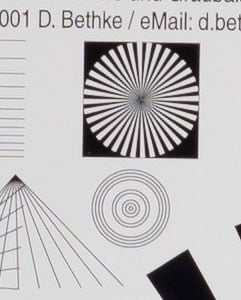 | 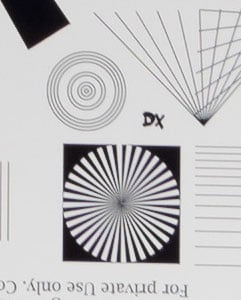 | 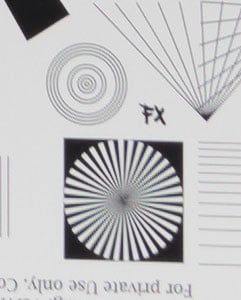 |
50mm, f8.0, 100 ISO | 50mm, f8.0, 100 ISO | 50mm, f8.0, 100 ISO |
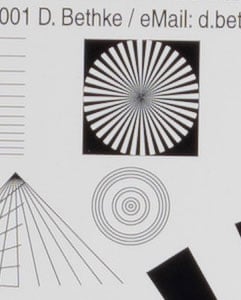 | 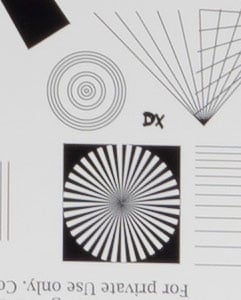 | 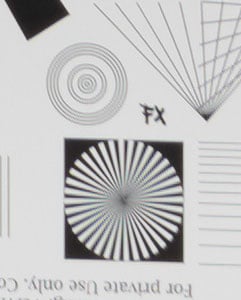 |
50mm, f11, 100 ISO | 50mm, f11, 100 ISO | 50mm, f11, 100 ISO |
At 50mm the lens improves visibly in the FX-corner albeit with the DX-corner becoming a tad softer: only at f8 does it offer excellent performance. The FX-corner now offers quite some resolution even wide open, although the contrast is only weak. Stop down to f5.6 to get some decent performance.
Performance at 70mm:
Nikon 24-70mm f/2.8G with Nikon D800 100% crop from center | Nikon 24-70mm f/2.8G with Nikon D800 100% crop from DX-corner | Nikon 24-70mm f/2.8G with Nikon D800 100% crop from FX-corner |
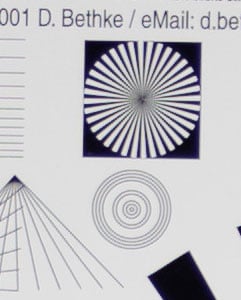 | 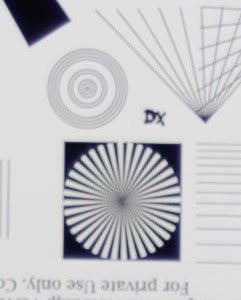 | 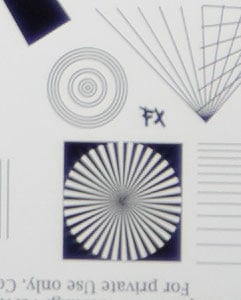 |
70mm, f2.8, 100 ISO | 70mm, f2.8, 100 ISO | 70mm, f2.8, 100 ISO |
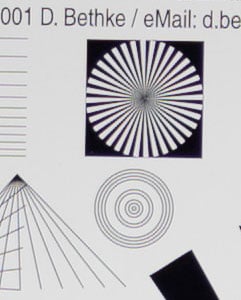 | 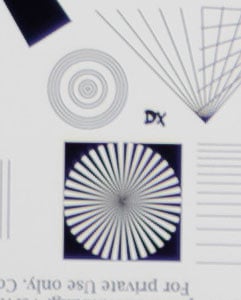 | 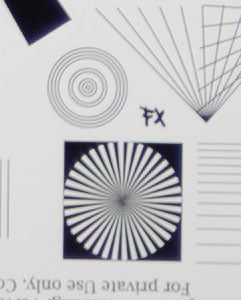 |
70mm, f4.0, 100 ISO | 70mm, f4.0, 100 ISO | 70mm, f4.0, 100 ISO |
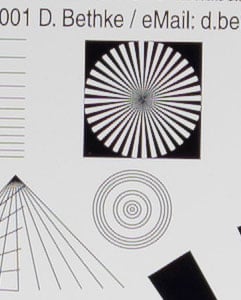 | 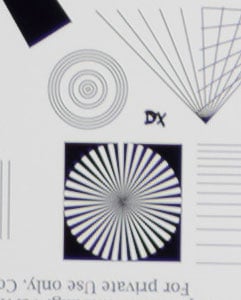 | 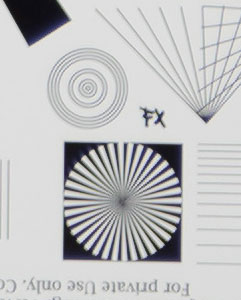 |
70mm, f5.6, 100 ISO | 70mm, f5.6, 100 ISO | 70mm, f5.6, 100 ISO |
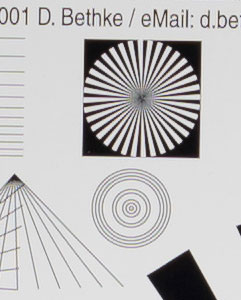 | 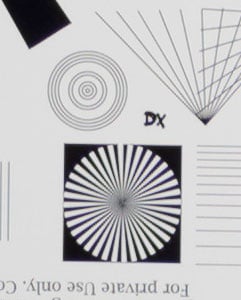 | 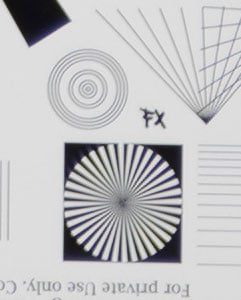 |
70mm, f8.0, 100 ISO | 70mm, f8.0, 100 ISO | 70mm, f8.0, 100 ISO |
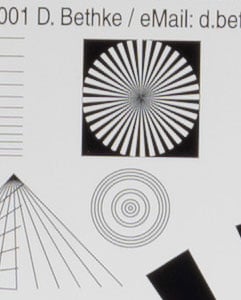 | 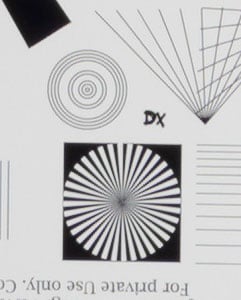 | 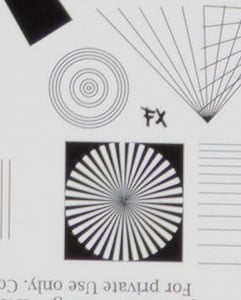 |
70mm, f11, 100 ISO | 70mm, f11, 100 ISO | 70mm, f11, 100 ISO |
At 70mm the performance wide open is pretty even across the frame with a slight dip in performance in the DX-corner. Needs stopping down to f5.6 or f8 to give good to very good results. Remember corner performance may not be important to you if you’re shooting typical portraits with a shallow depth of field.
Performance at large distances
The Siemens-star test-targets are shot at a distance of 40x focal length (i.e. at 2m for 50mm f.l.). But performance of lenses also depends on the shooting distance. Therefore I do another series of test-shots of a landscape dubbed the “Unremarkables” where you can measure distances in km, not meters. In the morning, when the weather is clear and the sun is up I use this scene to show you how the lenses perform when almost everything is at infinity. I set White Balance to a standard daylight value to make them comparable across lenses shot at the same day and also try to make exposure comparable. There’s no tinkering with vignette-control so you see it here as it is produced by the lens. Focus was acquired at the largest aperture in contrast-based AF and not changed for other apertures.
You can click on each image to access the large original. Please respect our copyright and only use those images for personal use.
The main image shows the complete scene at maximum aperture to give you an impression of the angle of view and to judge vignetting). This is followed by one row of 100% crops at different apertures each from the middle and the right (FX-)border. Let’s start with 24mm focal length where you can clearly see some vignetting:
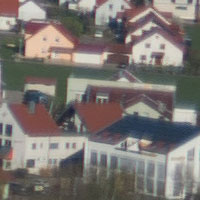 | 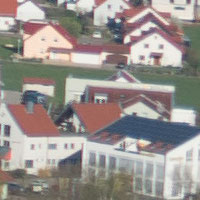 | 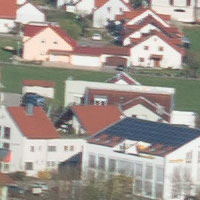 |
24mm, f2.8, 100 ISO, border | 24mm, f4.0, 100 ISO, border | 24mm, f8, 100 ISO, border |
The infinity-shot at 24mm confirms the lens’s very good performance at the center. And border performance is pretty good from f4 onwards.
Same story at 35mm, albeit with less vignetting: Center-performance is excellent even wide open and the border performance is much better than corner-performance from the Siemens-star target would have made one expect:
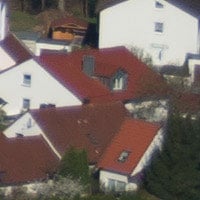 | 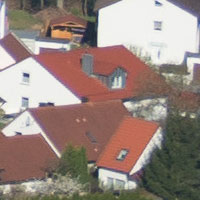 | 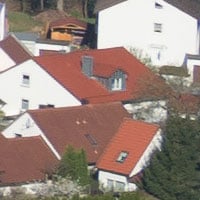 |
35mm, f2.8, 100 ISO, border | 35mm, f4.0, 100 ISO, border | 35mm, f8, 100 ISO, border |
At 50mm focal length performance stays on a very high level with border-performance benefiting from stopping down to f4.0 again:
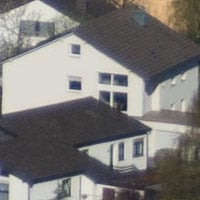 | 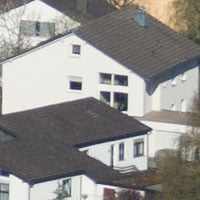 | 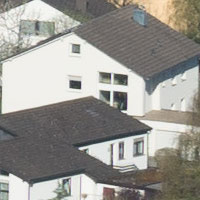 |
50mm, f2.8, 100 ISO, border | 50mm, f4.0, 100 ISO, border | 50mm, f8, 100 ISO, border |
At 70mm border definition falls a bit behind. Even stopping down to f8 does not bring it up to the same level as with the shorter focal lengths:
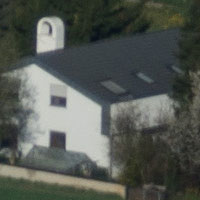 | 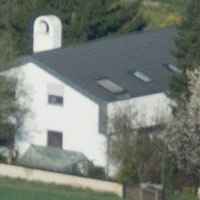 | 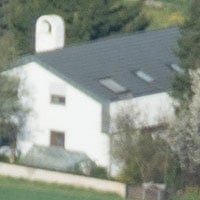 |
70mm, f2.8, 100 ISO, border | 70mm, f4.0, 100 ISO, border | 70mm, f8, 100 ISO, border |
|
Flare/ghosting
Shooting normal or wide-angle lenses always runs the risk of catching a strong light-source like the sun shining directly into the lens. This could produce strange colorful ghosts-images or reduce contrast considerably through flare and glare.
As the results depend on many factors including the aperture, focal length, and the angle the light hitting the lens the effect is not easy to reproduce faithfully. So I did a series of shots under conditions that provoke glare and ghosting. The image shows one of the shots from this series where the effects show pretty clearly.
It was not easy to produce this effect (2 out of 22 shots) but other shots showed slight flares and ghosts. And the blacks mostly stayed very black, so glare did not generally reduce the overall contrast.
So all-in-all this result is pretty good.

